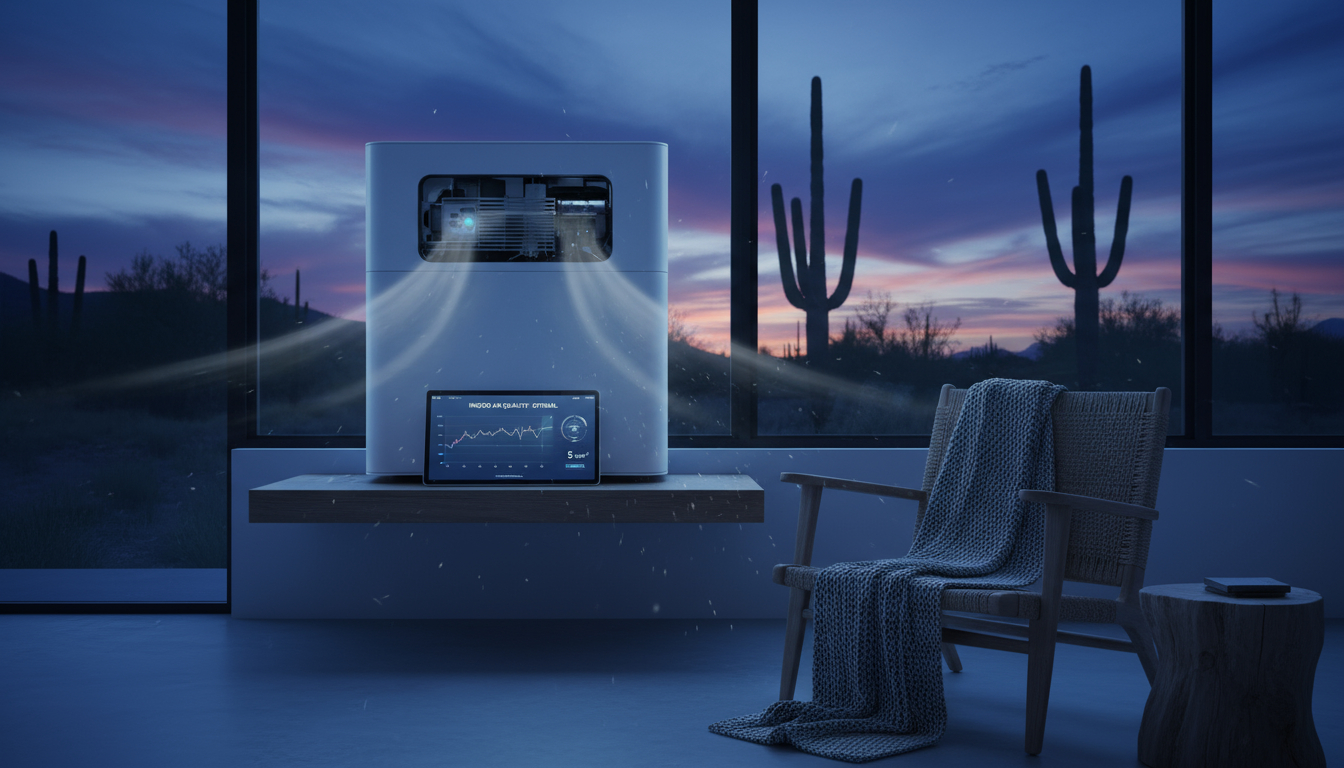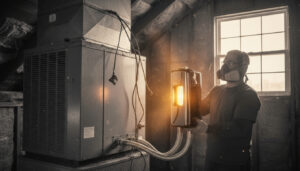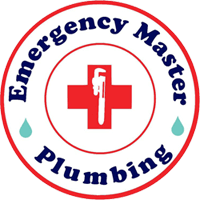

Indoor air pollution poses a significant health risk in Arizona homes, where dry climates and outdoor dust exacerbate indoor contaminants, but a well-maintained HVAC system can filter and ventilate effectively to improve air quality. This blog explores the sources, effects, and HVAC solutions tailored to Arizona’s unique environment, helping residents breathe easier and stay healthier.
Understanding Indoor Air Pollution
Indoor air pollution refers to harmful contaminants trapped within buildings, often at concentrations higher than outdoor levels due to limited ventilation. In Arizona, factors like desert dust, pollen, and seasonal wildfires contribute to elevated indoor pollutant levels, making it essential to address this invisible threat. Pollutants include particulate matter, gases, and biological agents that accumulate from daily activities and building materials.
The primary causes stem from indoor sources such as combustion appliances, cleaning products, and furnishings releasing volatile organic compounds (VOCs) and particles. Inadequate ventilation fails to dilute these emissions, allowing concentrations to build up, especially in tightly sealed modern homes designed for energy efficiency. High temperatures and low humidity in Arizona can worsen this by promoting mold growth in hidden areas or drying out airways, increasing susceptibility to irritants.

Biological pollutants like mold, pet dander, and dust mites thrive in Arizona’s variable indoor conditions, while outdoor intruders such as pollen from spring blooms enter through cracks. Radon, a colorless gas from soil, seeps into homes, adding to the risk in the region’s geology. Understanding these dynamics is the first step in mitigating indoor air pollution through targeted HVAC interventions.
Sources of Indoor Air Pollution in Arizona Homes
Arizona’s arid environment amplifies specific indoor air pollution sources, including dust carried indoors from haboobs and construction activities. Household activities like cooking with gas stoves release nitrogen dioxide and carbon monoxide, which accumulate without proper exhaust. Tobacco smoke and candles introduce particulate matter and VOCs, lingering on surfaces and recirculating through air currents.
Building materials such as pressed wood furniture and new carpets off-gas formaldehyde, a known carcinogen, particularly in Arizona’s hot, dry homes where windows are often closed to keep cool air in. Cleaning products and personal care items emit aerosols and chemicals that irritate respiratory systems. Pet dander and outdoor allergens like pollen from mesquite trees infiltrate via open doors or HVAC intakes.
Wildfire smoke from regional fires, common in summer, contains soot and toxins that penetrate indoors, ranking Phoenix high for particle pollution. Ozone from vehicle exhaust outdoors mixes with indoor sources, creating ground-level smog effects inside. Mold spores develop in HVAC ducts if moisture from AC condensation isn’t managed, a frequent issue in Arizona’s cooling-heavy climate. Identifying these Arizona-specific sources allows for proactive HVAC adjustments to capture and neutralize them.
Health Impacts of Indoor Air Pollution
Exposure to indoor air pollution triggers immediate symptoms like eye, nose, and throat irritation, headaches, and fatigue in Arizona residents sensitive to dust and allergens. Long-term effects include respiratory diseases such as asthma and chronic obstructive pulmonary disease (COPD), with children and seniors at higher risk due to the state’s pollen and particulate levels. Particulate matter inflames airways, reducing lung function and increasing infection susceptibility.
Carbon monoxide poisoning from faulty appliances causes dizziness and can be fatal, while radon exposure links to lung cancer, the second leading cause after smoking. VOCs and formaldehyde contribute to heart disease, stroke, and cancers, with household pollution responsible for millions of premature deaths globally. In Arizona, wildfire smoke exacerbates these, leading to higher emergency visits for respiratory issues.
Allergens like mold and pet dander provoke allergic reactions, worsening conditions like atopic dermatitis and rhinitis. Poor air quality impairs cognitive function and productivity, especially in sealed homes. Vulnerable groups, including those with pre-existing conditions, face amplified risks from Arizona’s poor outdoor air infiltrating indoors. Addressing these through HVAC filtration can prevent many health complications.
Role of HVAC Systems in Reducing Indoor Pollutants
HVAC systems serve as the frontline defense against indoor air pollution by filtering particles, ventilating fresh air, and controlling humidity. High-efficiency particulate air (HEPA) filters capture dust, pollen, and mold spores, reducing allergen levels in Arizona homes. Ventilation components exchange stale air with filtered outdoor air, diluting VOCs and carbon monoxide.
In Arizona’s climate, AC units dehumidify to prevent mold, while heaters ensure even distribution without stirring up dust. Air purification add-ons like UV lights and activated carbon neutralize bacteria and odors from cooking or smoke. Proper ductwork prevents contaminant buildup, crucial during monsoon seasons when humidity spikes.
Regular maintenance, including filter changes, optimizes airflow and efficiency, lowering energy use while enhancing air quality. Smart HVAC features monitor CO2 and adjust ventilation automatically, ideal for Arizona’s variable weather. By integrating these functions, HVAC systems create a healthier indoor environment, directly countering local pollution challenges.
Optimizing Your HVAC for Arizona Air Quality
Start by selecting an HVAC system with MERV 13+ filters to trap Arizona’s fine dust without restricting airflow. Schedule biannual professional cleanings to remove accumulated pollen and debris from ducts, especially post-wildfire seasons. Install programmable thermostats to balance cooling and ventilation, avoiding over-reliance on recirculated air.
Incorporate humidifiers for winter dryness, which exacerbates pollutant adhesion to airways, and dehumidifiers for summer AC drips. Seal duct leaks to prevent unfiltered outdoor air entry, a common Arizona issue with expansive homes. Use zoning systems to target high-use areas like kitchens, where cooking fumes concentrate.
Monitor air quality with affordable sensors to track PM2.5 levels, adjusting HVAC settings accordingly. Combine with habits like using exhaust fans during showers to expel moisture and VOCs. These steps ensure your system combats indoor pollution effectively, promoting long-term health in Arizona’s challenging environment.
Arizona-Specific HVAC Strategies for Clean Air
Arizona’s extreme heat demands robust HVAC performance, but dust storms require enhanced filtration to prevent clogging. Opt for systems with variable-speed fans that run longer at lower speeds, improving filtration without noise. During allergy seasons, upgrade to electrostatic filters that attract pollen electrostatically.
Wildfire smoke alerts should prompt increased ventilation with pre-filters to block soot. In Phoenix metro areas with high ozone, avoid opening windows during peak pollution hours, relying instead on indoor purification. Energy-efficient models qualify for local rebates, offsetting costs while maintaining air quality.
Address radon with sub-slab ventilation integrated into HVAC, given Arizona’s soil risks. Professional assessments tailor systems to home size and layout, ensuring comprehensive coverage. These localized strategies maximize HVAC benefits, safeguarding against regional pollutants year-round.
Maintenance Tips to Sustain HVAC Effectiveness
Change filters every 1-3 months in dusty Arizona conditions to maintain efficiency and prevent pollutant recirculation. Inspect coils annually for dirt buildup, which reduces cooling and allows contaminants to thrive. Clean evaporator drains to avoid moisture-related mold in humid pockets.
Test carbon monoxide detectors near HVAC units and ensure proper venting for gas appliances. Use eco-friendly cleaners to avoid introducing new VOCs during maintenance. DIY checks include listening for unusual noises indicating duct issues. Consistent upkeep extends system life and sustains air quality gains.
For complex problems, consult certified technicians familiar with Arizona codes. Tracking maintenance logs helps predict needs, keeping indoor air pollutant-free.
In conclusion, combating indoor air pollution in Arizona starts with leveraging your HVAC system through filtration, ventilation, and regular care to protect health and comfort. For expert HVAC services, including installation, maintenance, and air quality assessments tailored to Arizona homes, contact Emergency Master Plumbing & Air at 623-584-4706. Their team ensures your system runs optimally, delivering cleaner air year-round.
